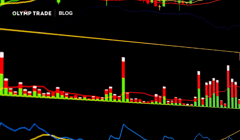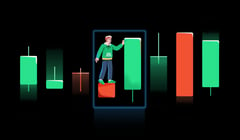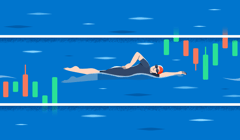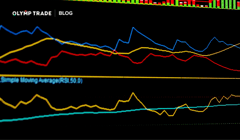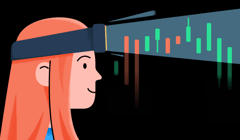
You’ve been hearing about trading instruments here and there. This video will briefly introduce you to derivatives, forwards, and futures. Get comfortable and enjoy interesting information.
Subtitles for video are available in English.
Brief contents
Derivatives are a popular financial instrument. But what is their history, and how do they function?
In this video, we will explain derivatives, their purpose, and how forward contracts differ from futures contracts.
What’s special about derivatives? 📃
These financial instruments contain some kind of obligation (buy, sell, deliver, and others). These are derivatives, which include forward and futures.
What are forwards and futures for? 🫒
Guess what the owner of an olive garden in ancient Greece and a cattle farmer in the 19th-century United States have in common? They’re afraid of their commodity’s price changing in the future. Sellers are afraid of recovering costs, and buyers are worried about paying a lot.
What’s the solution? 🤝
They decide to make a deal on mutually beneficial terms. The seller provides a guarantee that he will sell his goods on the appointed date and at a predetermined price. For example, he knows that the right amount of goods will be produced or grown by September 15th and assigns a cost of 200 coins. It is beneficial for the seller, who will recoup the costs and receive a profit without fear of falling prices for their products.
What does the buyer get? 💰
The buyer, in turn, receives a guarantee that, regardless of economic events, the price will remain 200 coins. He is insured against rising prices for goods.
Such a transaction is called a forward contract. The difference from a futures contract is that the transaction is concluded without the participation of the exchange. A forward contract is an obligation between the seller and the buyer and therefore has the principle of a derivative.
Thus, people have come to use this excellent way to insure their risks.
In the other video, you’ll find out who is the creator of forwarding contracts and when they first began to be used.
Go to Part 2Risk warning: The contents of this article do not constitute investment advice, and you bear sole responsibility for your trading activity and/or trading results.


